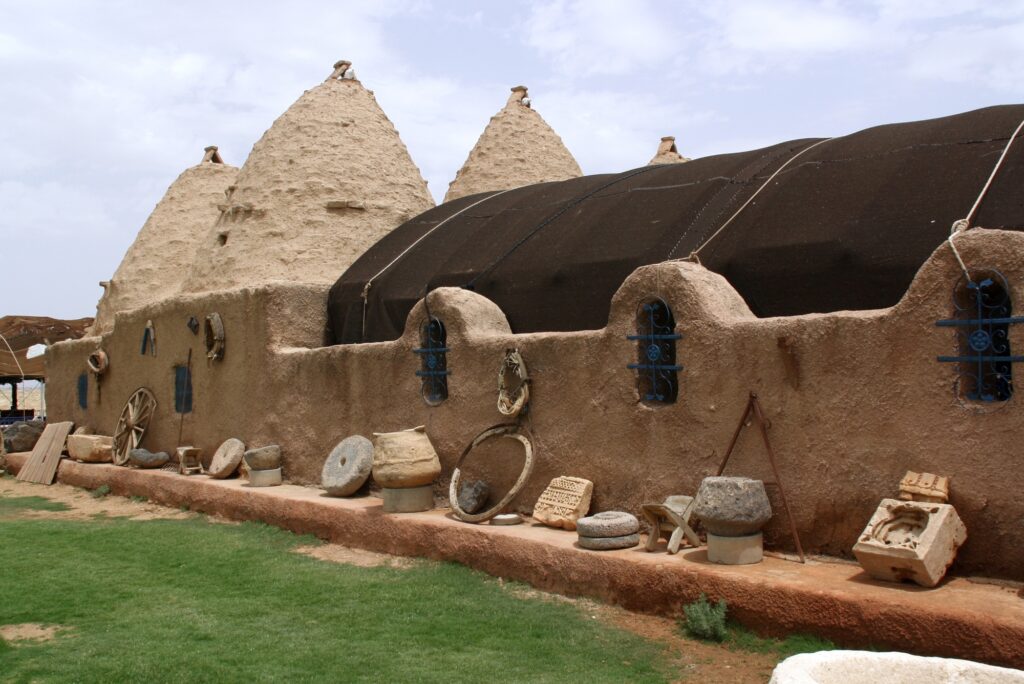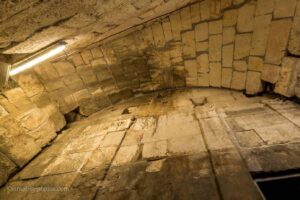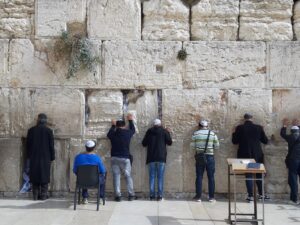Nestled in the southeastern region of Turkey, the Harran Beehive Houses are a fascinating glimpse into ancient architectural practices. These unique structures, located in the province of Şanlıurfa, have been attracting tourists and history enthusiasts alike. Their distinctive design and historical significance make them a must-visit for anyone traveling through this part of the world.
What to See
The beehive houses of Harran are unlike any other. Their conical shapes, resembling beehives, are made from mud bricks and have been used for centuries. As you wander through the village, you’ll notice that these homes are not just relics of the past; many are still in use today. The design of the houses is not only aesthetically pleasing but also practical, providing natural insulation against the harsh climate of the region. Inside, the homes are surprisingly spacious, with interconnected rooms that offer a cool respite from the outside heat.
Visitors can explore the interiors of some of these houses, which have been preserved to showcase traditional living conditions. The village also features a small museum where you can learn more about the history and construction techniques of these unique homes. Don’t miss the opportunity to climb to the top of one of the houses for a panoramic view of the surrounding landscape.
A Bit of History
Harran is one of the oldest continuously inhabited places on Earth, with a history that dates back over 6,000 years. The beehive houses themselves are believed to have been built around 3,000 years ago. This area was once a major center of commerce and learning, strategically located on ancient trade routes. Harran is mentioned in the Bible as the place where Abraham lived for a time, adding to its historical and cultural significance.
The design of the beehive houses is thought to have originated from the need to adapt to the local environment. The thick walls and conical roofs help to keep the interiors cool during the scorching summers and warm during the chilly winters. This architectural style has been passed down through generations, with little change, showcasing the ingenuity of ancient builders.
Interesting Facts and Tips for First-Time Visitors
- The beehive houses are made entirely from local materials, primarily mud and straw, which are abundant in the region.
- The unique design of the houses allows for efficient air circulation, which is why they remain comfortable year-round.
- Harran was once home to a famous university in the ancient world, where scholars studied astronomy, mathematics, and philosophy.
- The village is also known for its traditional crafts, including pottery and weaving, which you can see being made by local artisans.
For first-time visitors, it’s important to note that Harran is a small village, and amenities are limited. It’s a good idea to bring water and snacks, especially if you plan to spend a few hours exploring. The locals are friendly and welcoming, often eager to share stories about their homes and history. English may not be widely spoken, so learning a few basic Turkish phrases can enhance your experience.
How to Get There
Harran is located about 44 kilometers (27 miles) south of the city of Şanlıurfa. The easiest way to reach Harran is by car, which allows you to explore the surrounding area at your own pace. If you’re relying on public transportation, you can take a bus or dolmuş (shared taxi) from Şanlıurfa to Harran. The journey takes about an hour, and buses run regularly throughout the day.
Once you arrive in Harran, the beehive houses are within walking distance from the main road. The village is compact, making it easy to explore on foot. Be sure to wear comfortable shoes, as the terrain can be uneven in places.








